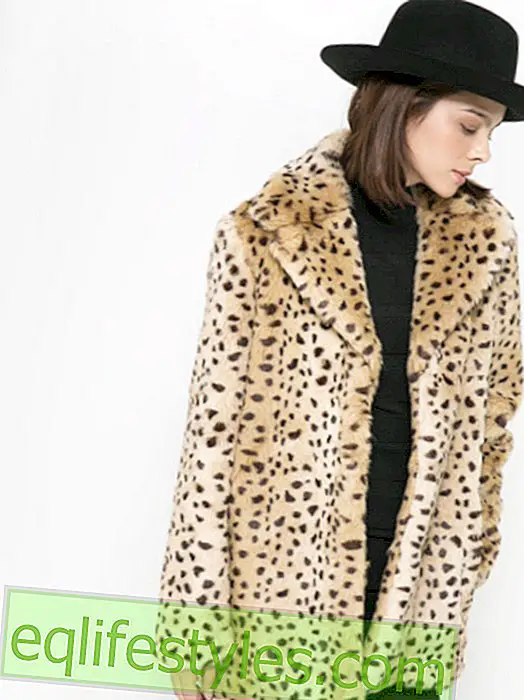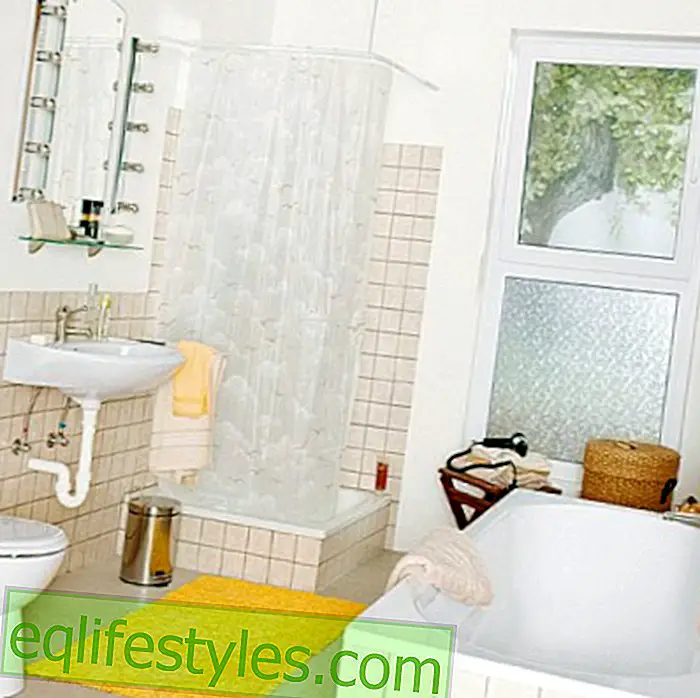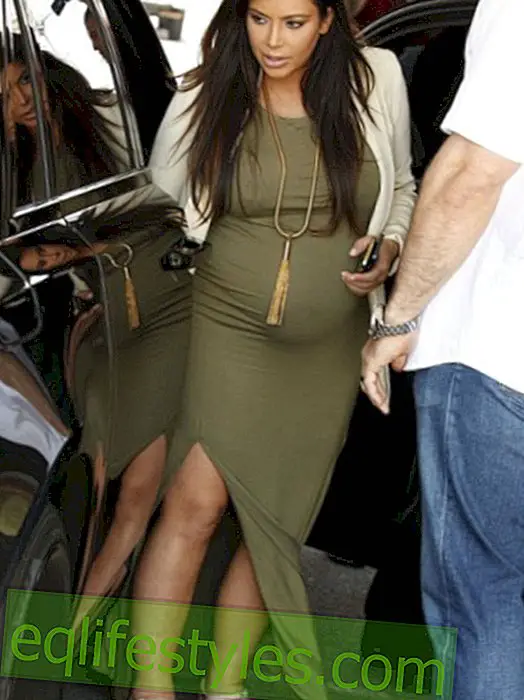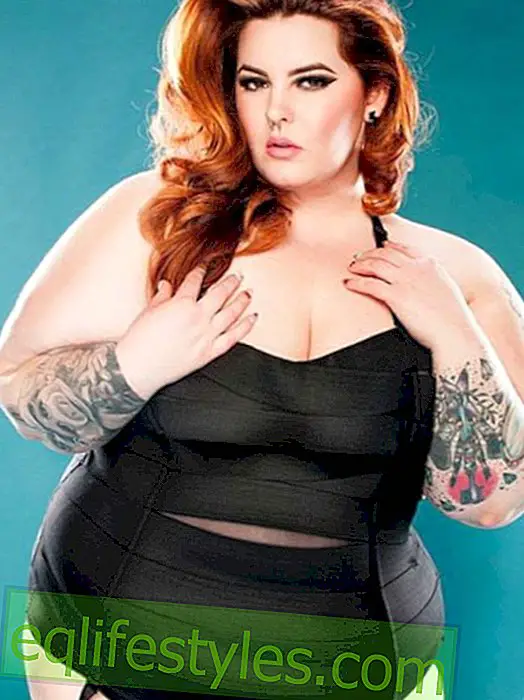
disease
Definition, causes and symptoms of varicose veins
The formation of varicose veins is called "varices". Mini-varicose veins that develop directly under the skin are called spider veins. When the legs are often tired and heavy, abnormal changes in the veins may be responsible.
A clear sign of this are prominent varicose veins. Varicose veins can also arise deep inside the leg. And that is when the veins are overwhelmed with the return of the blood to the heart. Their flaps are no longer closing properly, causing the blood to flow back, build up and cause sloughs. Possible consequences are inflammations and ulcers with large, open wound surfaces. Also form in the diseased vessels easily blood clots (medical: thrombosis), which can close vital arteries. Women are more affected by varicose veins than men - for hormonal reasons and because they are more prone to connective tissue weakness.

Treatment of varicose veins
Support stockings and natural remedies like horse chestnut alleviate the symptoms of varicose veins. Varicose veins can be gently removed or rendered harmless by various methods such as sclerotherapy, stripping, radio or laser wave therapies. In a sclerotherapy of varicose veins, a medium is injected, which closes them and thus makes harmless. When stripping varicose veins, large diseased veins are surgically pulled out of the leg.

Prevention and self-help of varicose veins
Lots of exercise and a special leg exercise prevent varicose veins. Lying and walking gets the veins better than sitting or standing. Changing showers and cold water applications stimulate tired legs.









